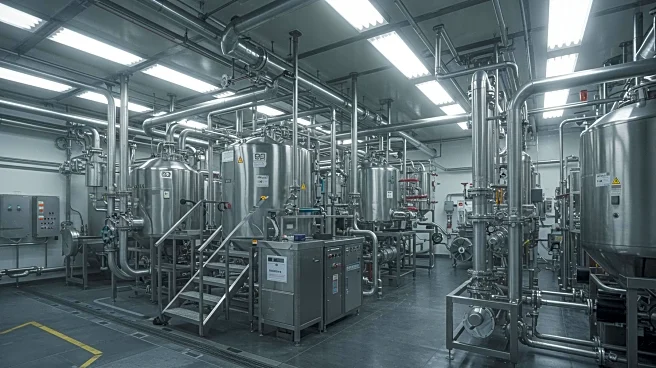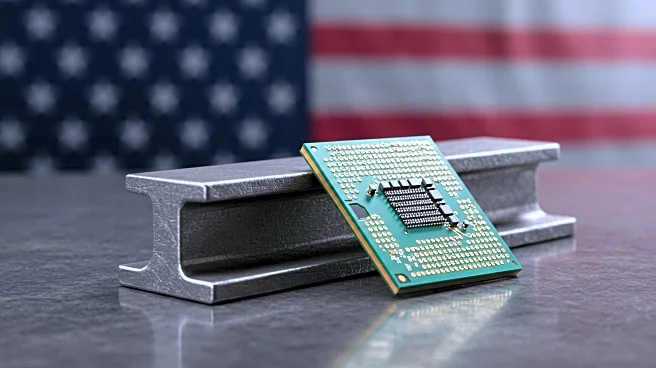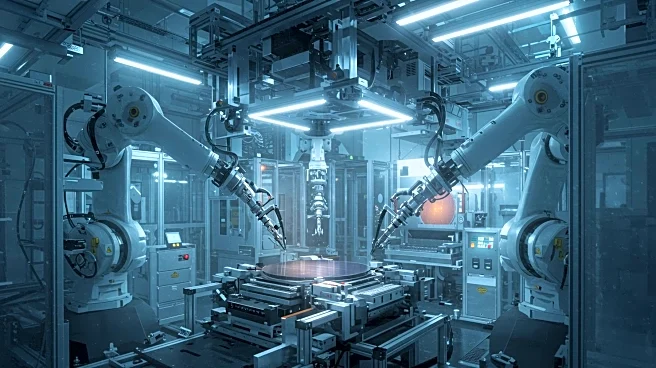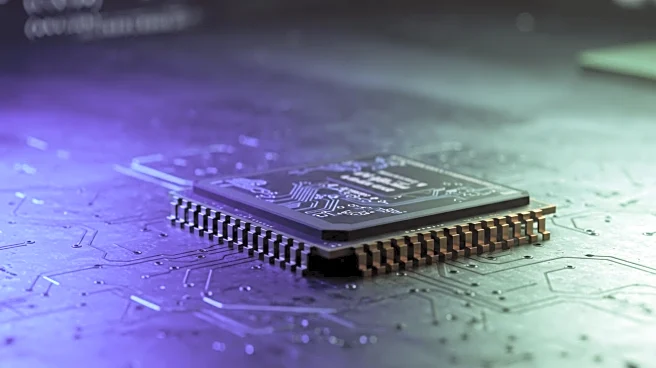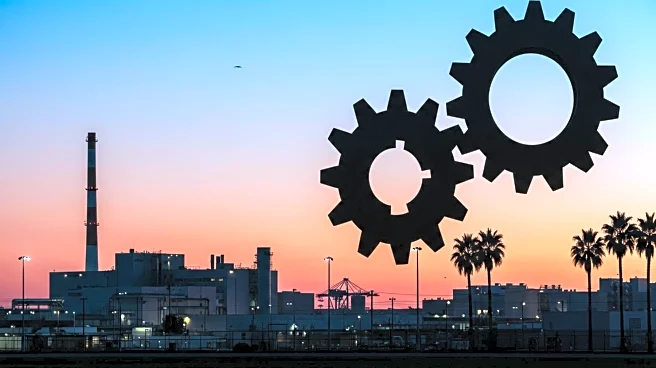What's Happening?
Amaero Ltd, a U.S.-based producer of high-value refractory and titanium powders, has released its Appendix 4E and Audited Financial Report for the fiscal year ending June 30, 2025. The company reported a significant increase in revenues from ordinary activities, up 470%, and revenues from contracts with customers from continuing operations, up 722% to A$3.8 million. Amaero has strategically advanced its manufacturing capabilities, including the commissioning of its second Electrode Induction Melting Inert Gas Atomizer, positioning itself as a leading supplier in the defense, space, and aviation industries. The company has also secured a five-year exclusive supply agreement with Velo3D and a three-year supply agreement with The Perryman Company, ensuring a reliable source of raw materials for its operations.
Why It's Important?
Amaero's expansion and increased revenue highlight the growing demand for domestic manufacturing capabilities in the U.S., particularly in the defense and aerospace sectors. The company's strategic partnerships and technological advancements position it to capitalize on the re-industrialization and reshoring initiatives driven by geopolitical shifts and increased defense spending. This development is crucial for strengthening U.S. supply chains and reducing dependency on foreign manufacturing, thereby enhancing national security and economic stability.
What's Next?
Amaero plans to continue scaling its manufacturing capacity and deepen customer integration, transitioning from early-stage production to a reliable commercial supply of powders and additive manufacturing components. The company is set to deliver First Article parts to a U.S. Department of Defense Prime Contractor, which could lead to further contracts for production parts. Additionally, Amaero is collaborating with Boeing to leverage its PM-HIP manufacturing capabilities, potentially expanding its reach in the aerospace industry.
Beyond the Headlines
Amaero's advancements in PM-HIP manufacturing offer a scalable alternative to traditional castings and forgings, addressing the pressure on domestic U.S. supply chains for such components. This innovation not only supports the defense industrial base but also aligns with broader economic and geopolitical strategies to enhance U.S. manufacturing capabilities and reduce reliance on international suppliers.




